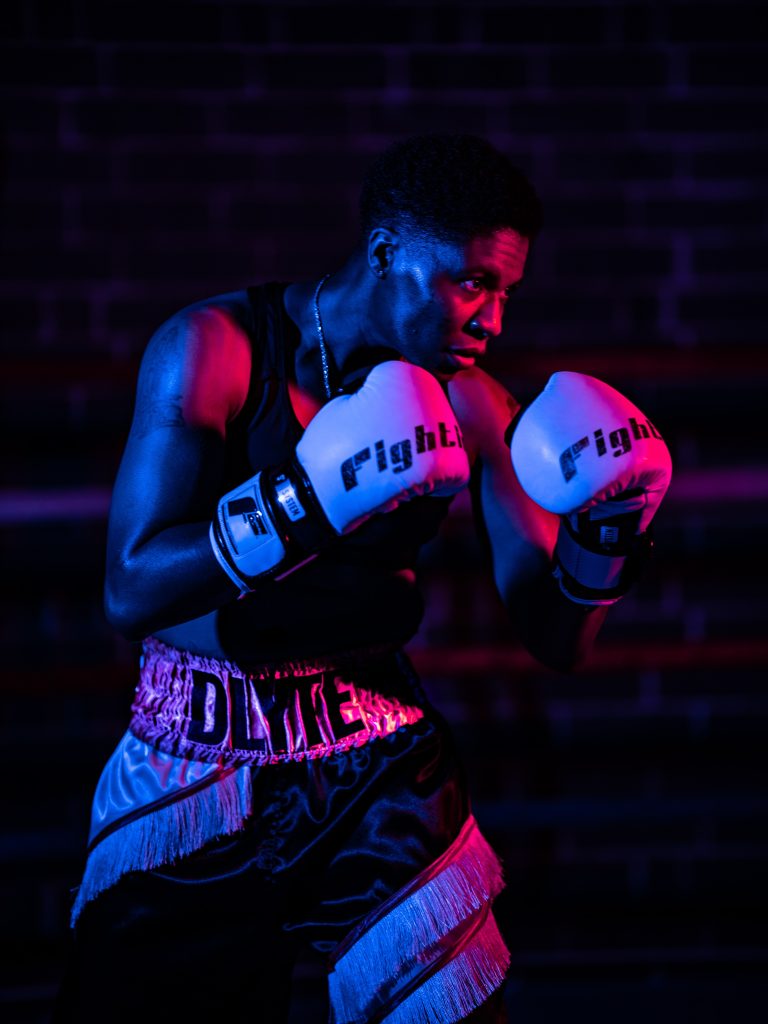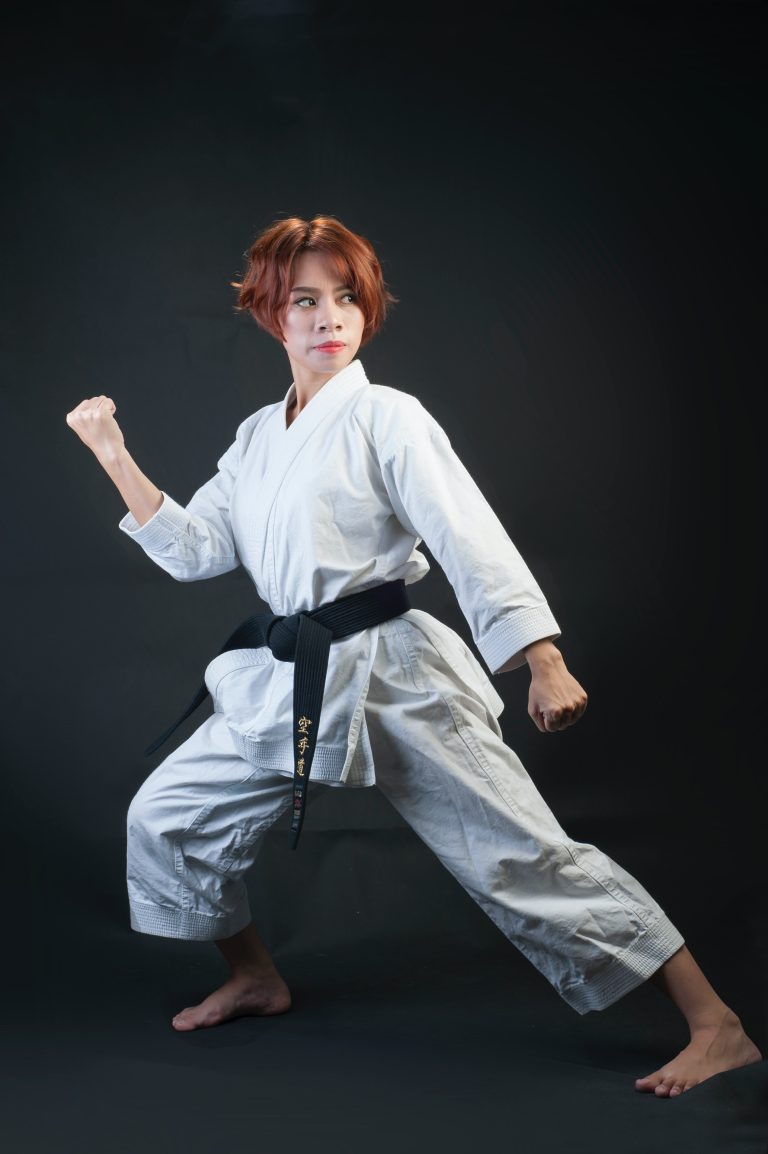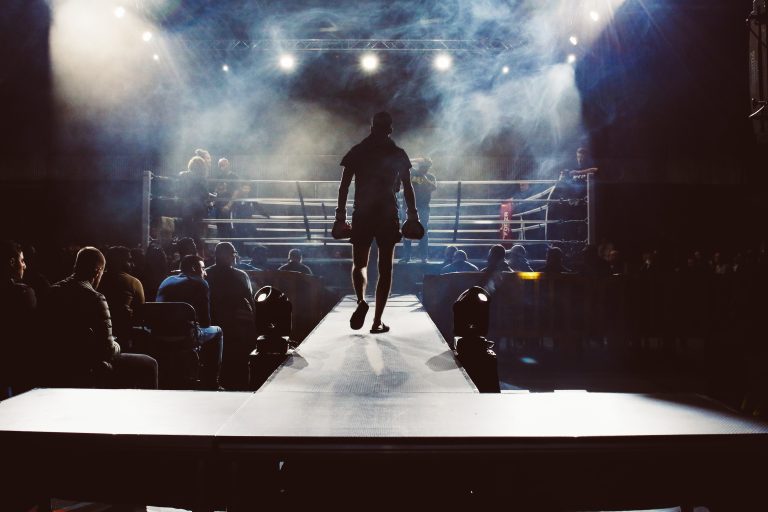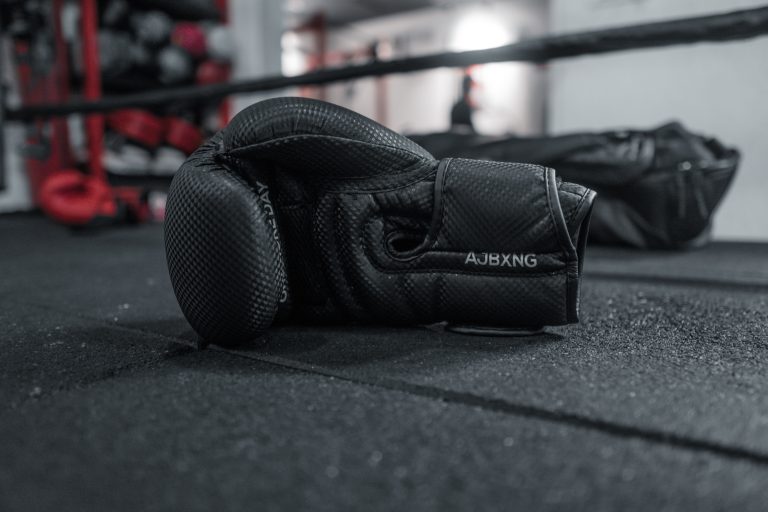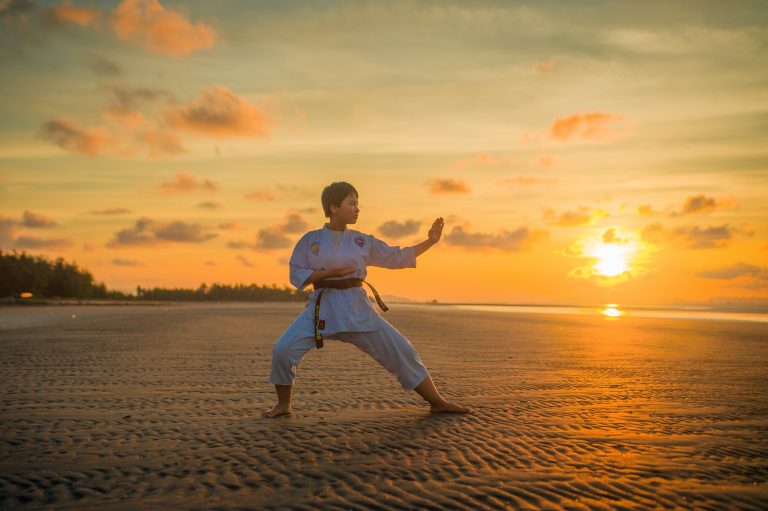Bekannte Karate-Stile
Karate ist eine traditionelle Kampfkunst aus Okinawa, Japan. Mit der Zeit haben sich verschiedene Stile des Karate entwickelt, die sich in Technik, Bewegung und Ausführung unterscheiden. In diesem Artikel werden wir einige der bekanntesten Karate-Stile vorstellen und ihre Besonderheiten erläutern.
Shotokan
Shotokan ist einer der bekanntesten Karate-Stile weltweit und wurde von Gichin Funakoshi entwickelt. Der Stil zeichnet sich durch seine schnellen, schlagkräftigen Techniken aus. Im Shotokan-Karate werden keine Waffen verwendet und es besteht ein Fokus auf der Entwicklung von Körperkraft und Geistesstärke.
Goju-Ryu
Goju-Ryu ist ein Karate-Stil, der auf der Insel Okinawa entwickelt wurde. Der Gründer Chojun Miyagi kombinierte Elemente aus dem traditionellen chinesischen Kampfstil Kempo mit japanischen Techniken. Im Goju-Ryu werden Techniken verwendet, die sowohl harte als auch weiche Aspekte vereinen, um ein ausgewogenes Training zu ermöglichen.
Wado-Ryu
Wado-Ryu wurde von Hironori Otsuka in Japan entwickelt. Der Stil kombiniert Techniken aus Karate und Jujutsu. Im Wado-Ryu wird viel Wert auf die Beweglichkeit und Schnelligkeit der Bewegungen gelegt. Die Techniken sind präzise und zielen auf die Schwachstellen des Gegners ab.
Shito-Ryu
Shito-Ryu ist ein Karate-Stil, der auf Okinawa entstanden ist. Die Gründer Kenwa Mabuni und Chojun Miyagi kombinierten Techniken anderer Karate-Stile und integrierten diese in den Shito-Ryu. Im Shito-Ryu werden viele Beintechniken verwendet und der Stil ist durch fließende Bewegungen und Übergänge geprägt.
Kyokushin
Kyokushin ist ein Karate-Stil, der in den 1960er Jahren von Masutatsu Oyama entwickelt wurde. Der Stil zeichnet sich durch seine harten und kraftvollen Techniken aus und ist bekannt für seine unkonventionellen Trainingsmethoden. Kyokushin beinhaltet auch regelmäßig Vollkontakt-Sparring, um die Präzision und Stärke der Techniken zu verbessern.
Abschlussgedanken
Es gibt viele verschiedene Karate-Stile, die alle ihre eigene Ausprägungen und Besonderheiten haben. Bei der Wahl des passenden Stils sollte man sich darüber im Klaren sein, welche Schwerpunkte man setzen möchte und welchen Trainingsstil man bevorzugt. Ob man nun an Wettkämpfen teilnehmen oder einfach nur seine geistige und körperliche Stärke verbessern möchte, es gibt mit Sicherheit einen Karate-Stil, der diesen Ansprüchen gerecht wird.
The most frequently asked questions about bekannte Karate-Stile
If you’re curious about learning Karate, you might have heard of bekannte Karate-Stile. With so many styles to choose from, it can be overwhelming to choose which one to study. In this blog post, we will answer some of the most frequently asked questions about bekannte Karate-Stile.
1. What are bekannte Karate-Stile?
Karate is a Japanese martial art that originated on the island of Okinawa. Over the years, different styles of Karate have emerged, each with its unique techniques and principles. Bekannte Karate-Stile refers to the well-known and established Karate styles that have a significant number of practitioners worldwide. Some of the most popular bekannte Karate-Stile include Shotokan, Goju-ryu, Shito-ryu, Wado-ryu, and Kyokushin.
2. What is the difference between the bekannte Karate-Stile?
The primary difference between the bekannte Karate-Stile is the focus of their training. Shotokan, for example, emphasizes the power of the techniques, Goju-ryu teaches a combination of hard and soft techniques, Wado-ryu focuses on techniques that conserve energy, and Shito-ryu incorporates the use of weapons.
Another difference between the Karate styles is their kata. Kata is a series of pre-arranged movements that mimic a fight against imaginary opponents. Each Karate style has its unique set of kata. For example, Shotokan has 26 kata, Goju-ryu has 12, Wado-ryu has 17, and Shito-ryu has 15.
3. What are the benefits of studying Karate?
Karate offers numerous potential benefits, both mentally and physically. Practicing Karate can help improve your balance, coordination, flexibility, and agility. It also helps build strength, endurance, and cardiovascular health.
On the mental side, Karate training can develop self-discipline, focus, and self-awareness. It also teaches self-defense techniques, which can help increase confidence and reduce the risk of becoming a victim of violence.
4. Is Karate suitable for beginners?
Yes, Karate is suitable for beginners. In fact, most Karate dojos (training facilities) have classes specifically designed for beginners. Beginners will learn the basics, such as proper Karate stances, punches, and kicks, and gradually progress to more advanced techniques as they gain experience.
5. Do I need to be physically fit to practice Karate?
While being physically fit can be an advantage when practicing Karate, it is not a requirement. Karate training can help improve your fitness levels gradually. If you have a pre-existing medical condition, it is always wise to consult with your doctor before starting any physical activity.
6. How long does it take to learn Karate?
The time it takes to learn Karate will vary from person to person. In general, it can take several years to reach black belt level, which is considered to be the first significant milestone in Karate training. However, the process of learning Karate is ongoing, and many practitioners continue to learn new techniques and improve their skills throughout their lives.
7. Can children learn Karate?
Yes, children can learn Karate. Many Karate dojos offer classes specifically designed for children. Karate can help children develop physical fitness, confidence, focus, and discipline.
8. Is Karate only for self-defense purposes?
While Karate was initially developed as a form of self-defense, it has evolved beyond that. Many people practice Karate as a form of exercise, a means of self-improvement, and as a competitive sport. Karate competitions are held worldwide, and there are even Karate events at the Olympics.
In conclusion, bekannte Karate-Stile refers to the well-known and established Karate styles, including Shotokan, Goju-ryu, Shito-ryu, Wado-ryu, and Kyokushin. Each Karate style has its unique set of principles, techniques, and kata. Karate training offers numerous benefits, both mentally and physically, and is suitable for beginners and children. Whether you practice Karate for self-defense, exercise, or competition, consistent practice can lead to improved skills and personal growth.
Inhaltsverzeichnis

